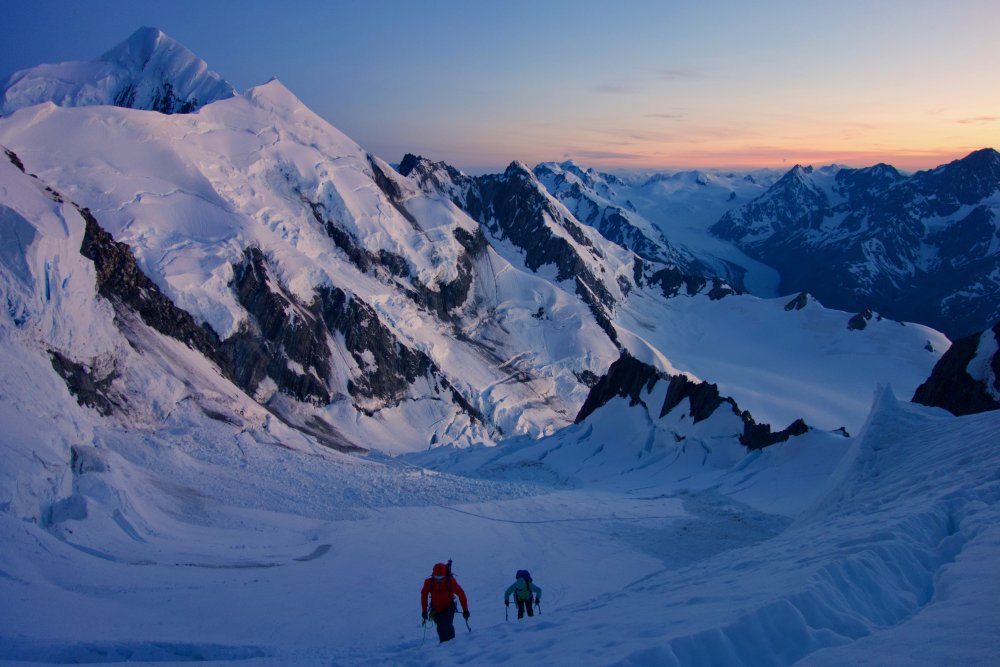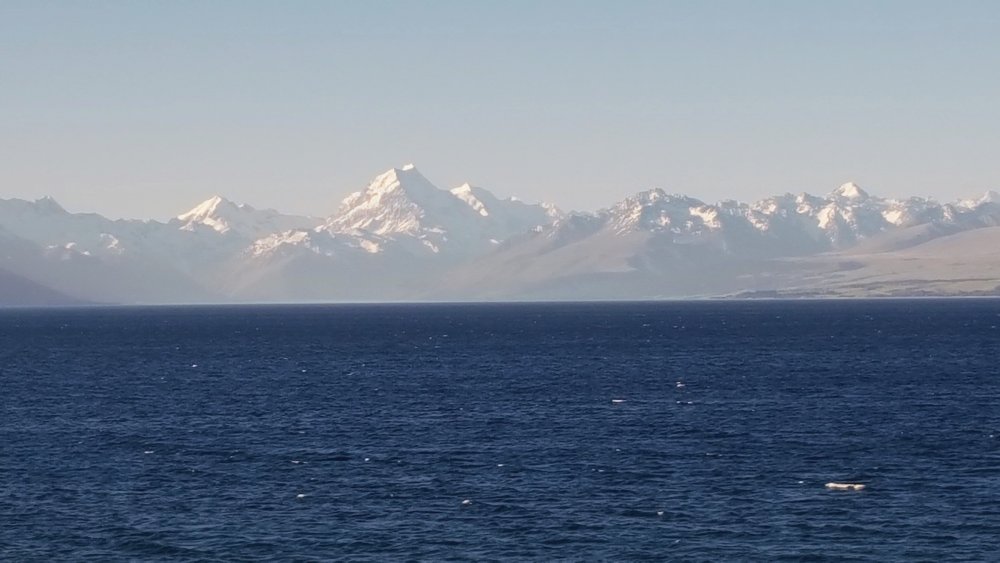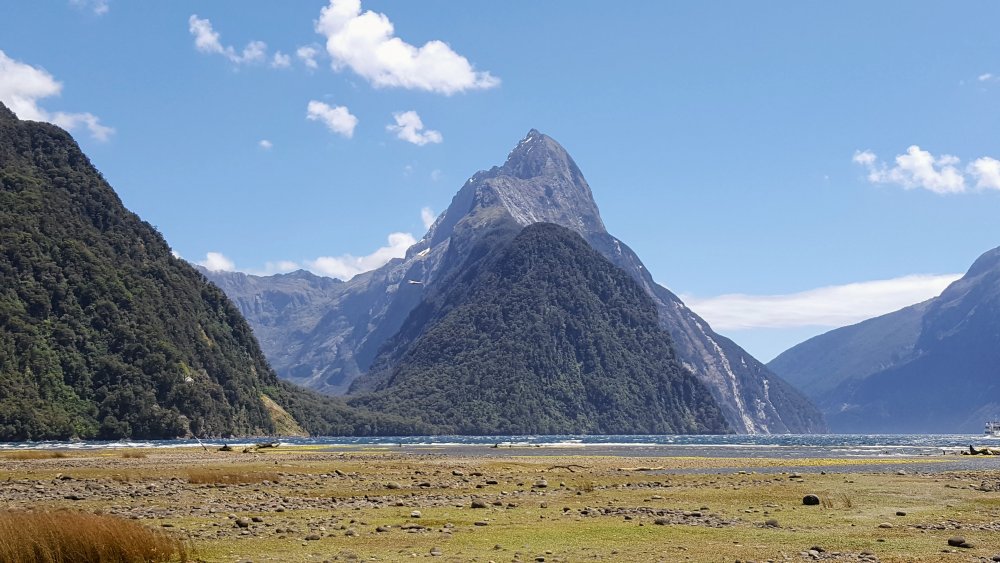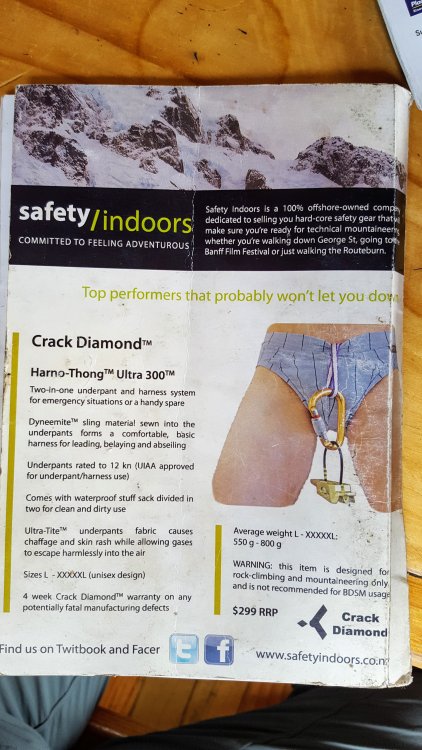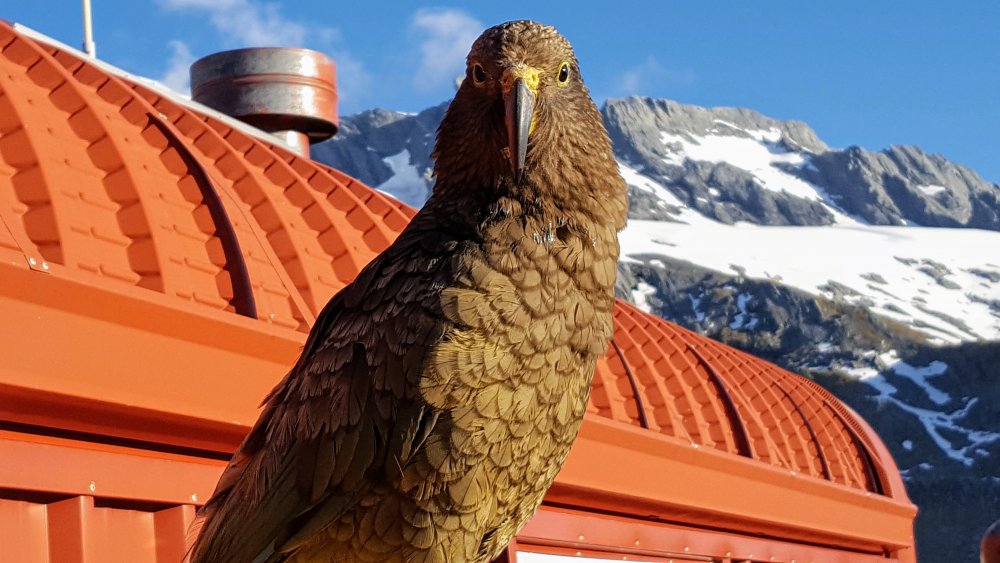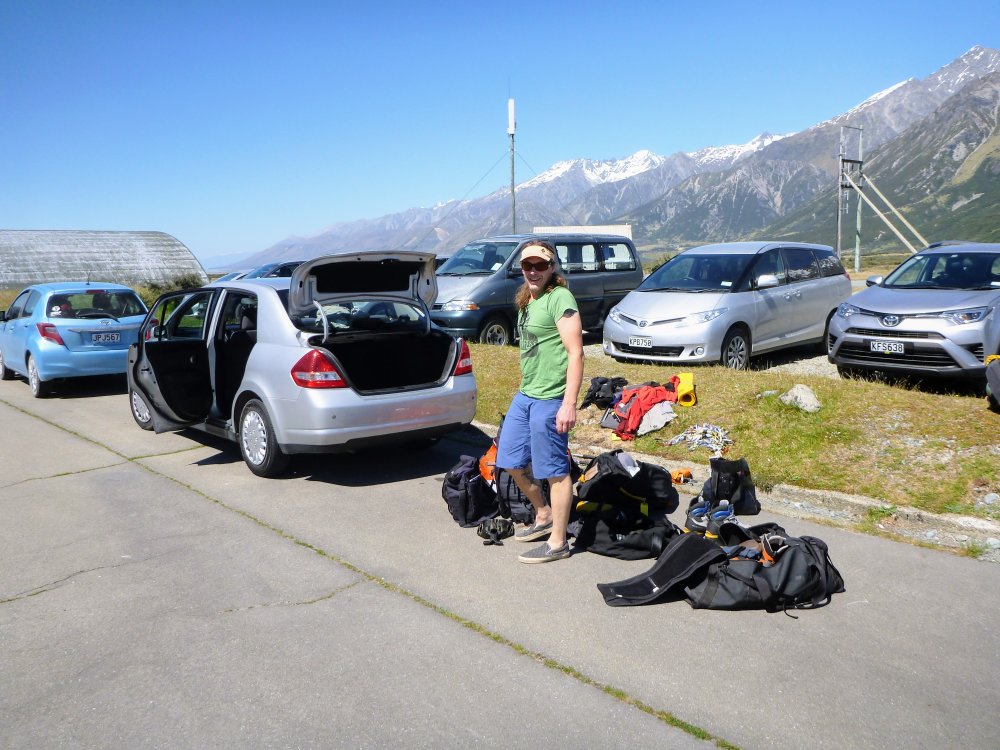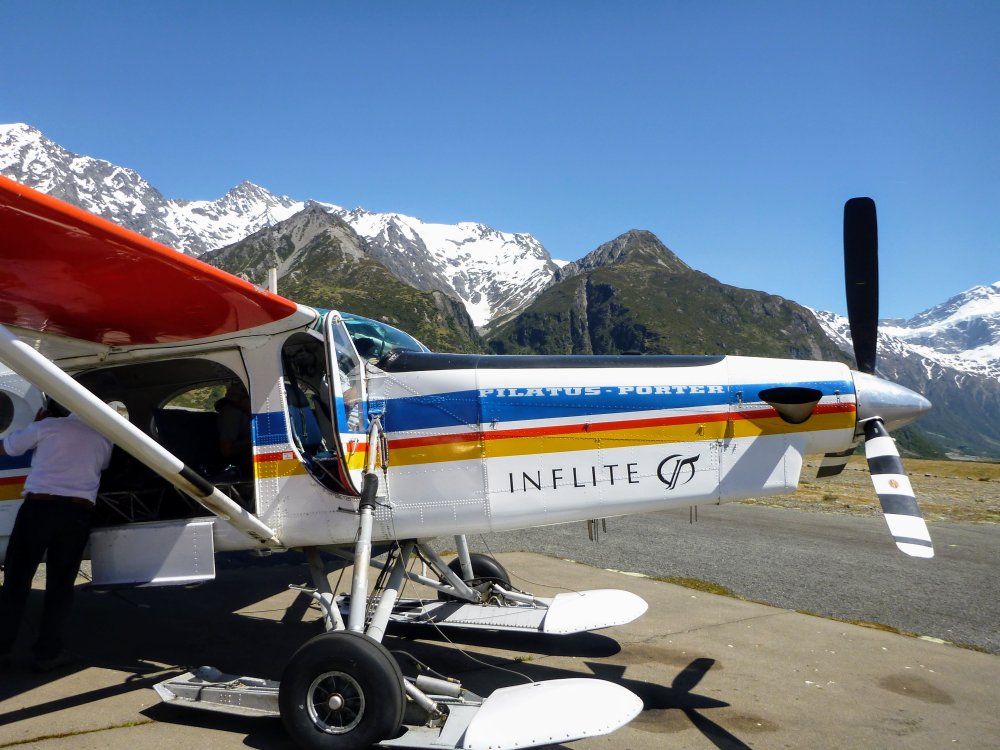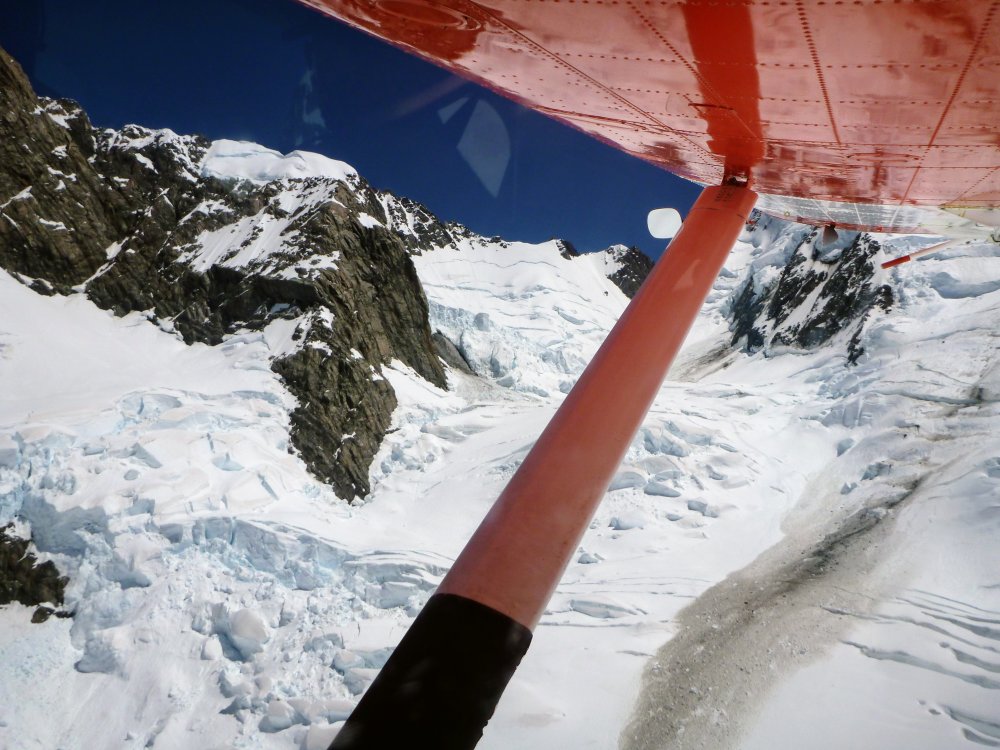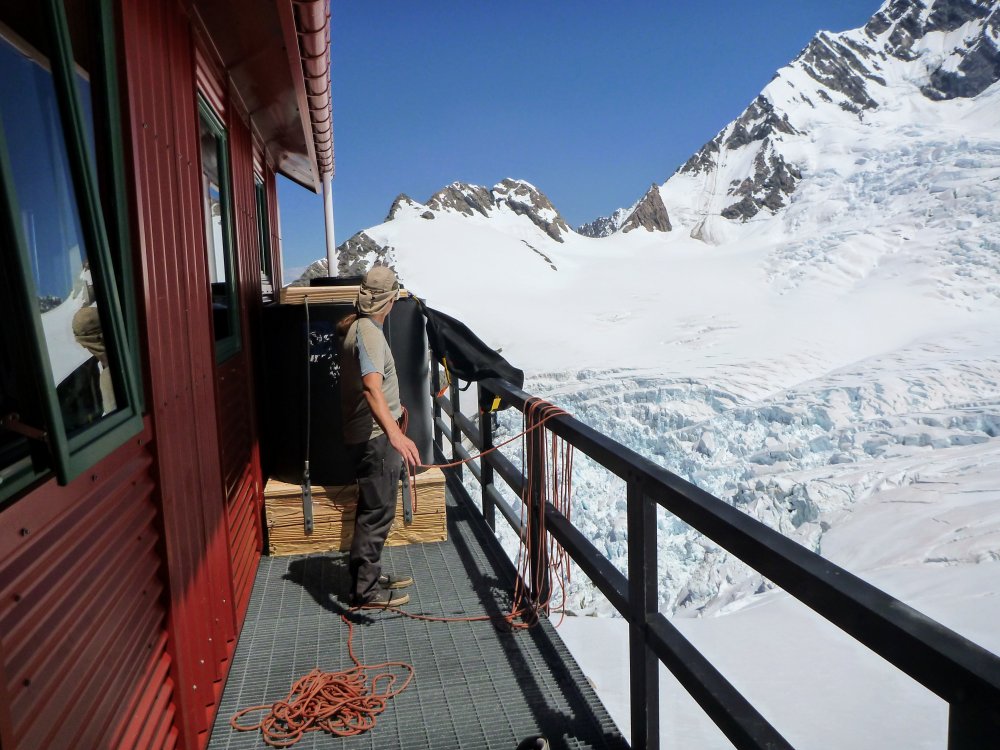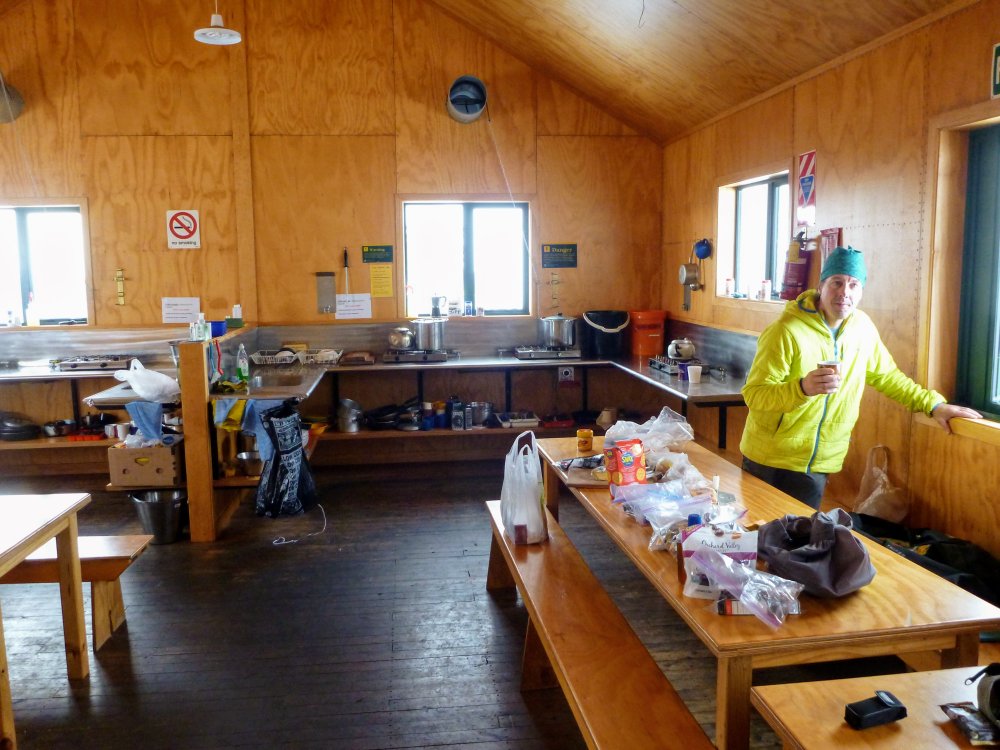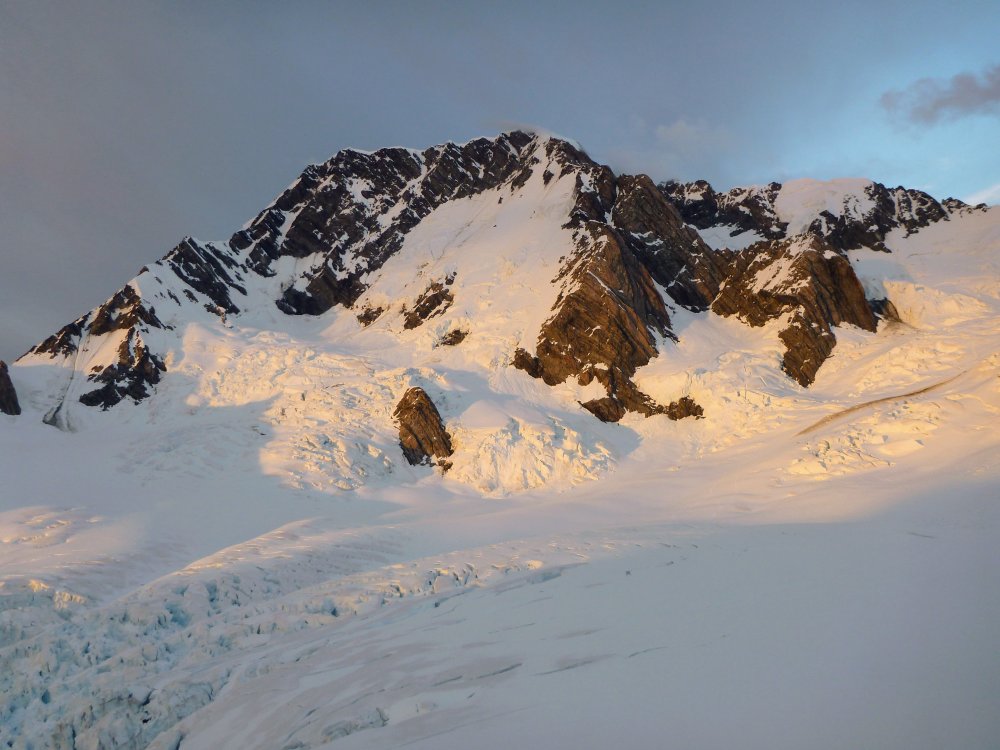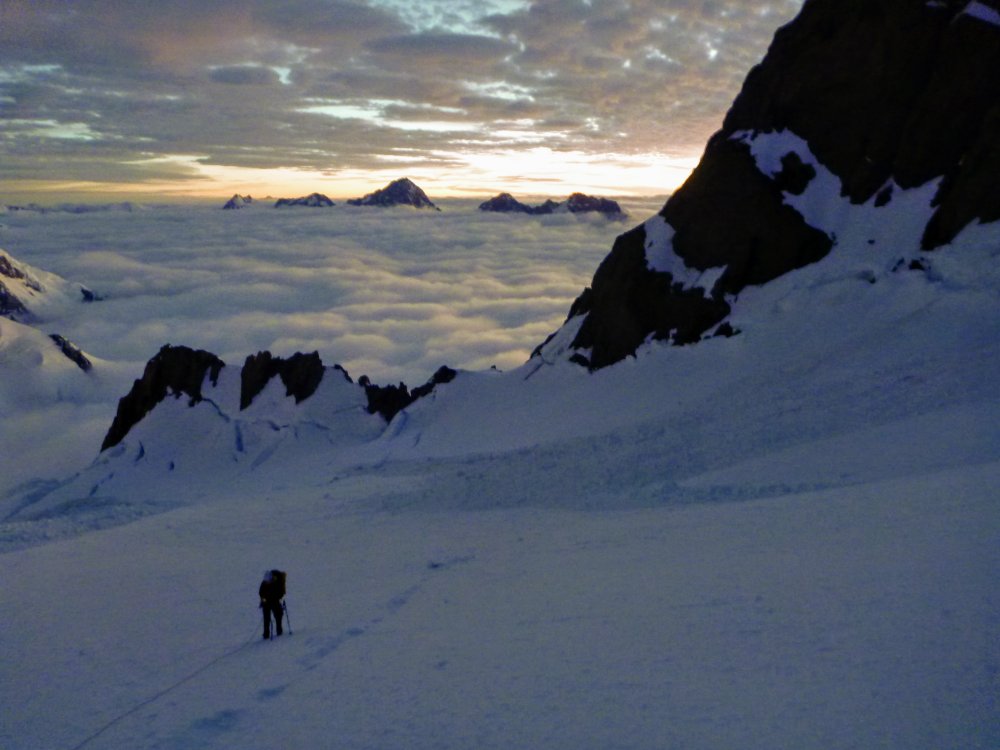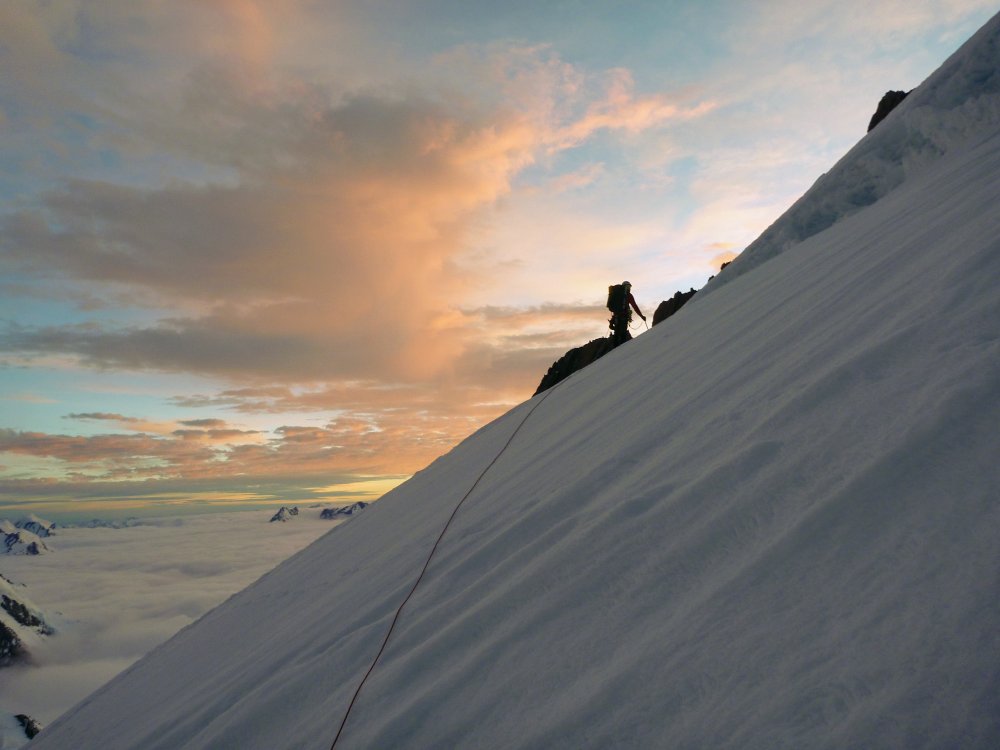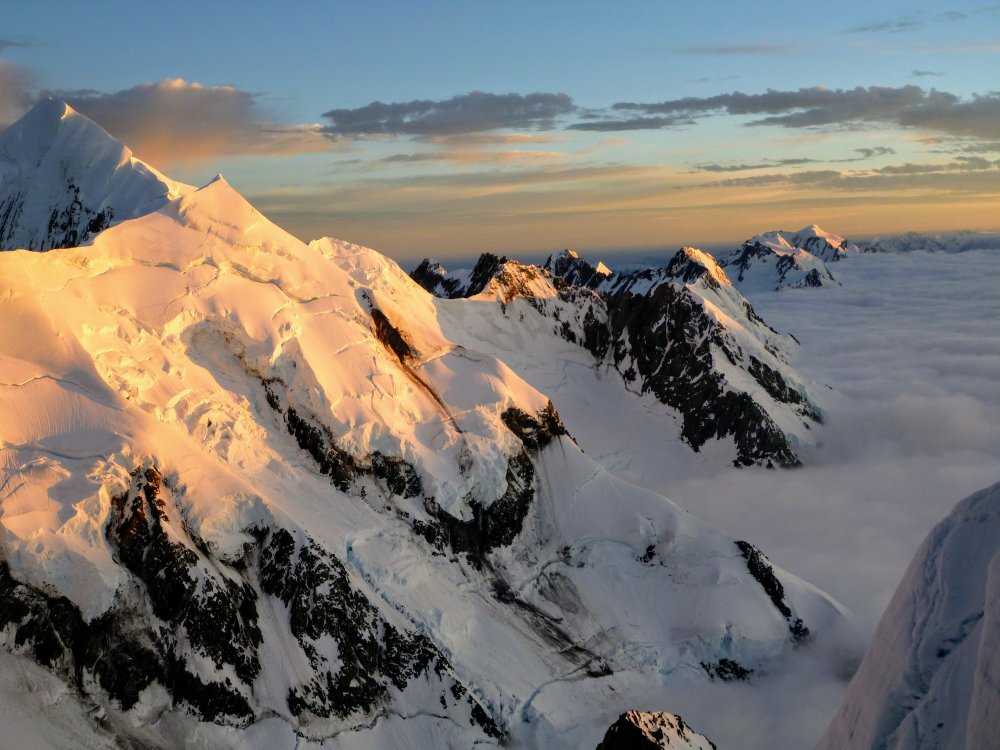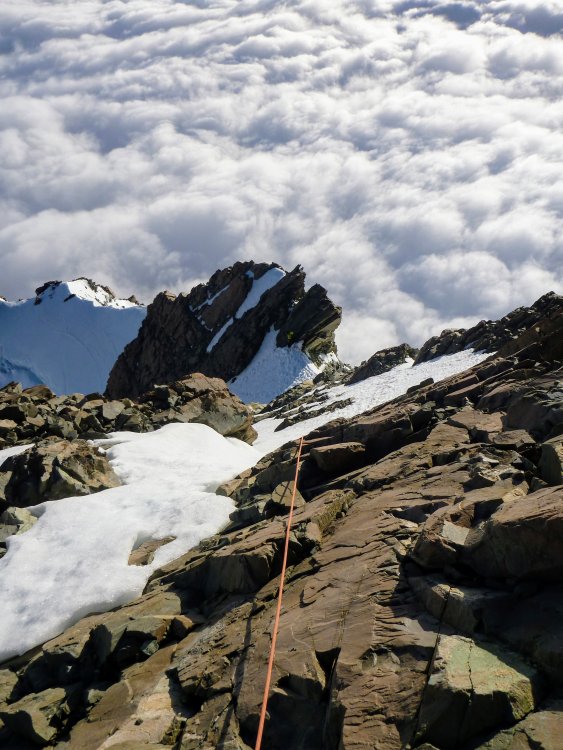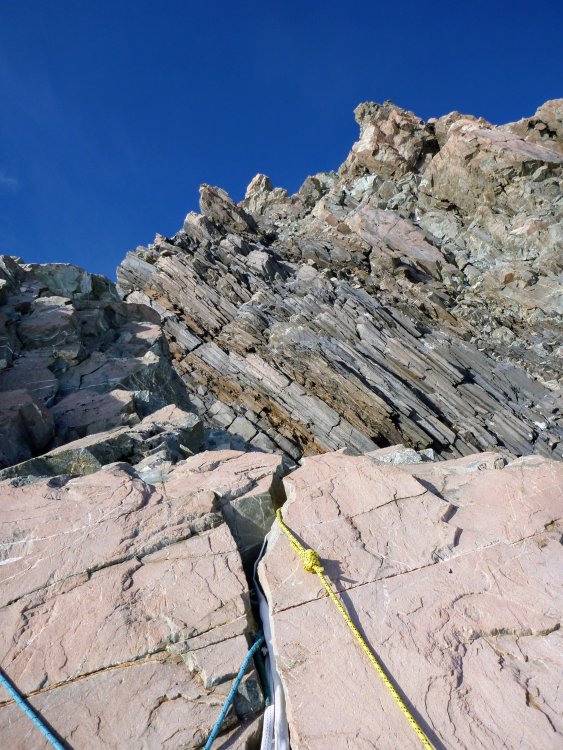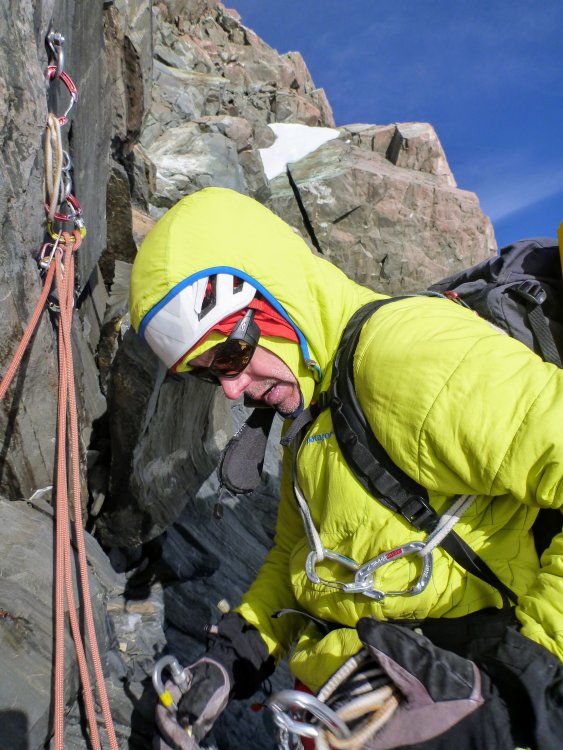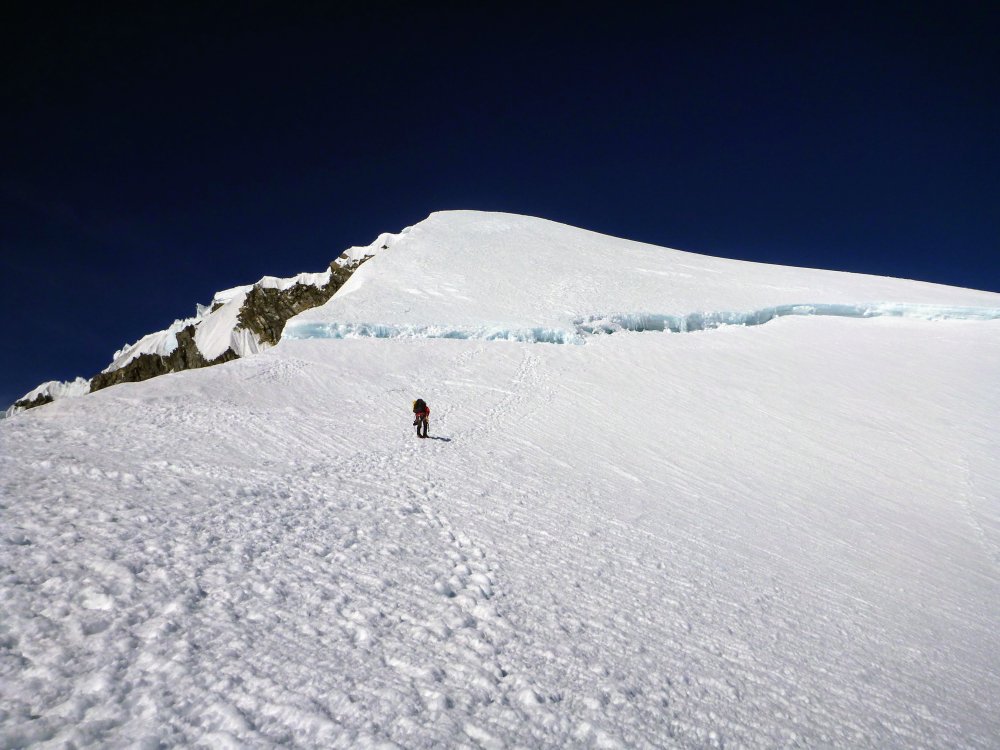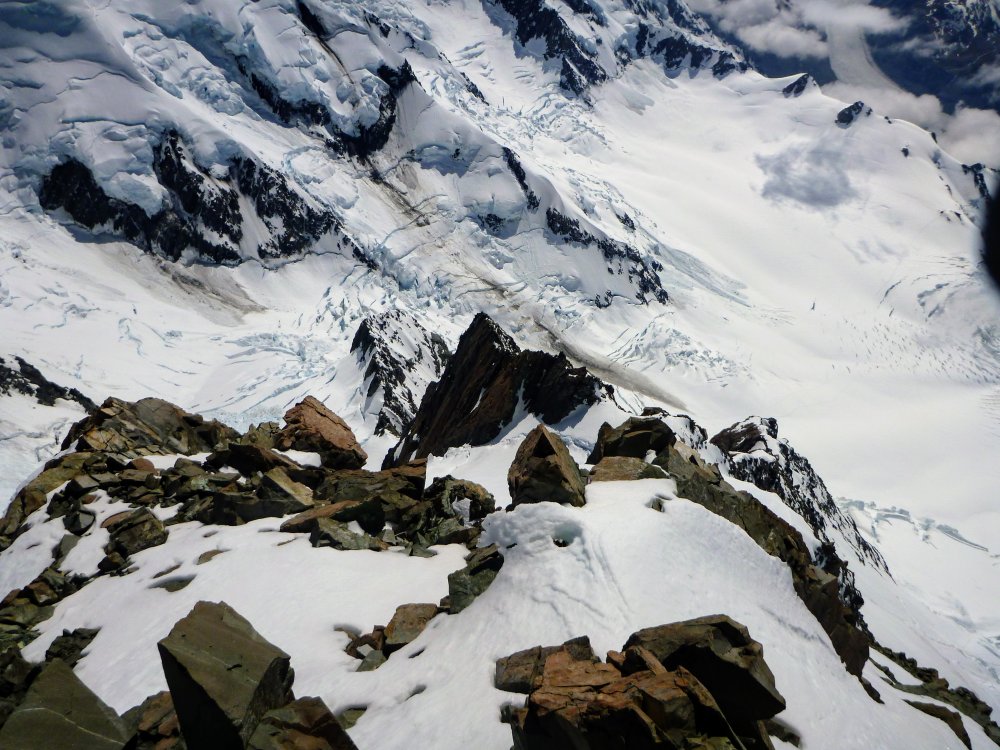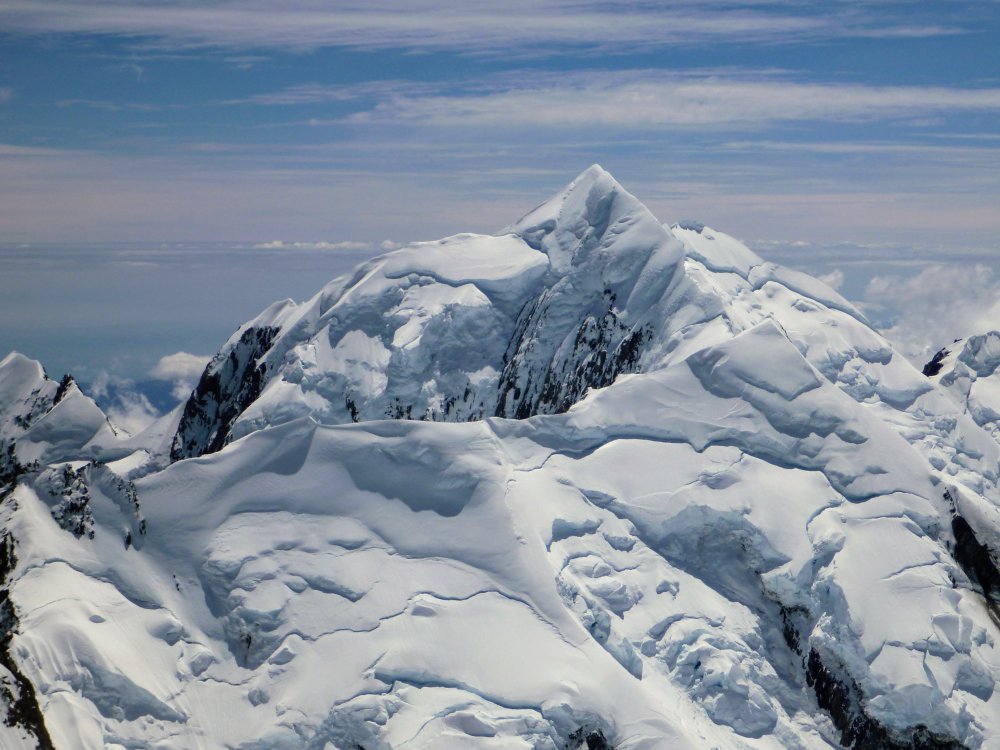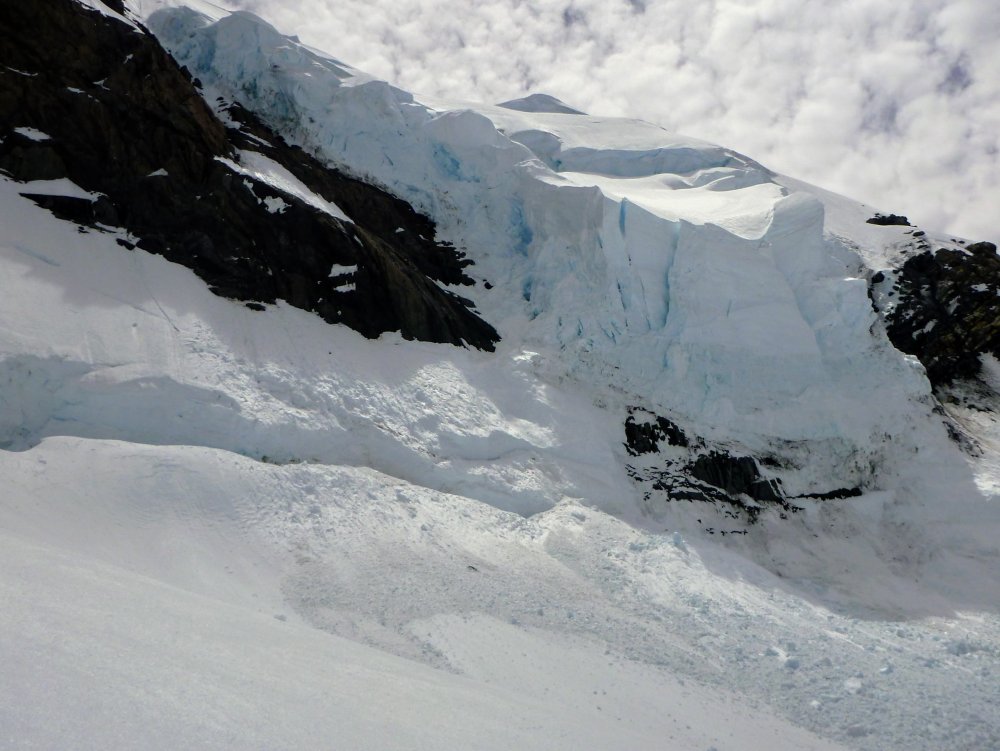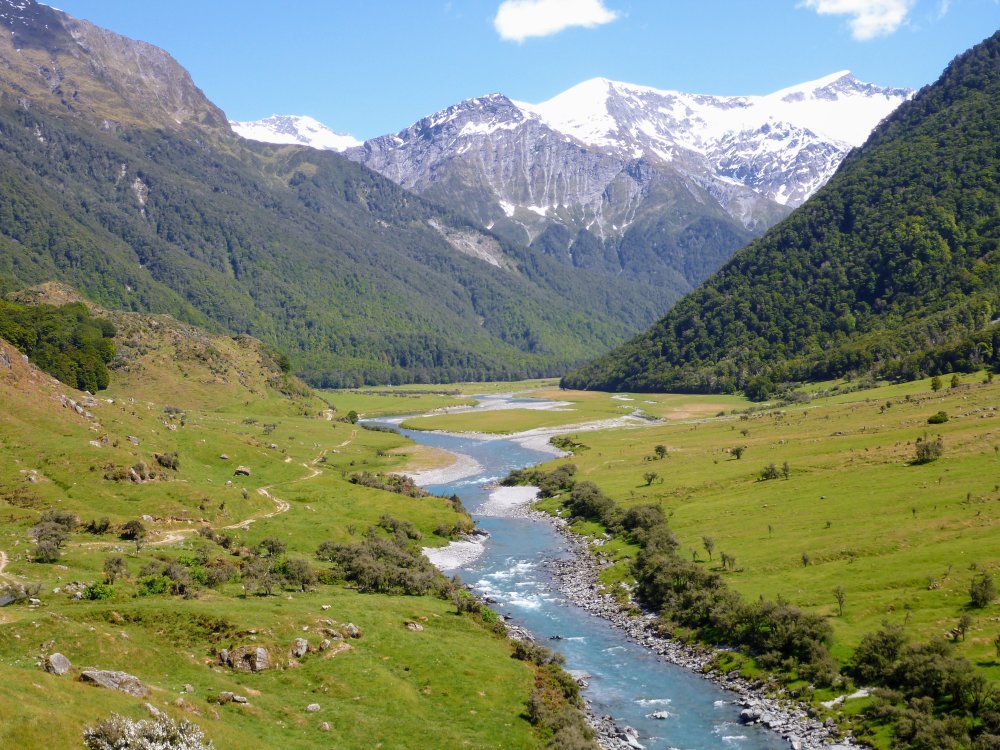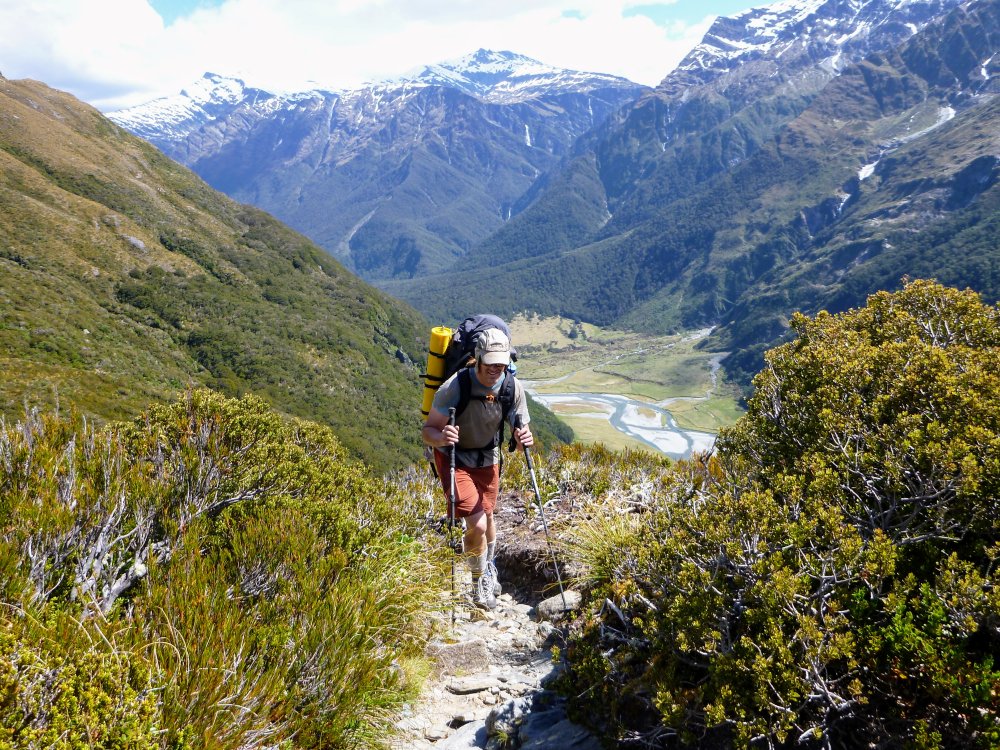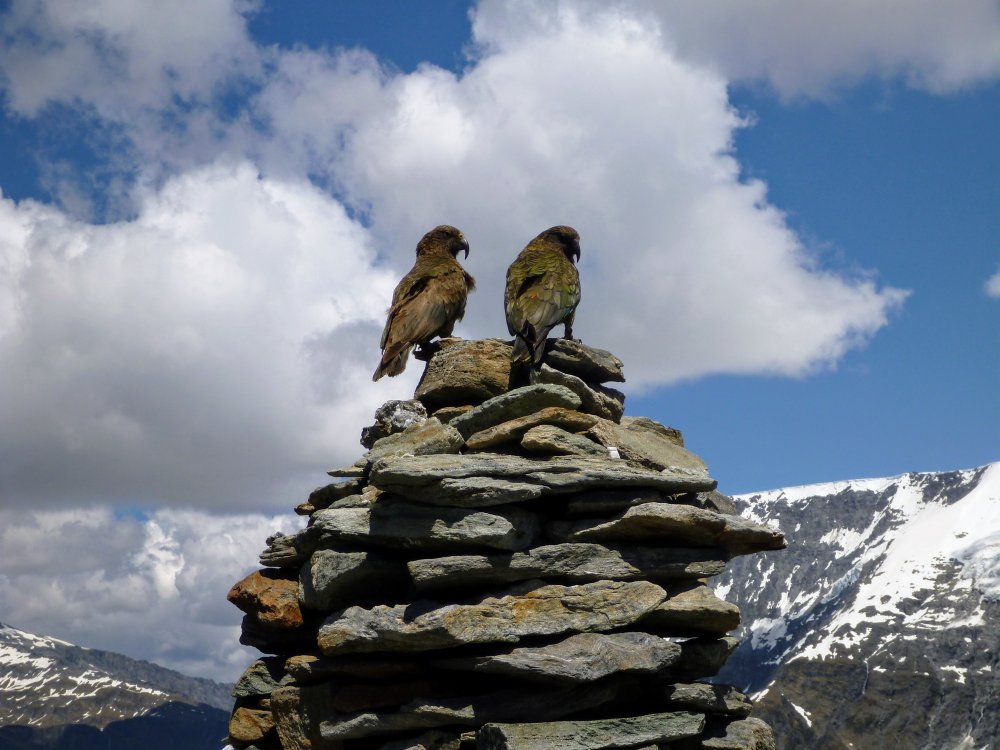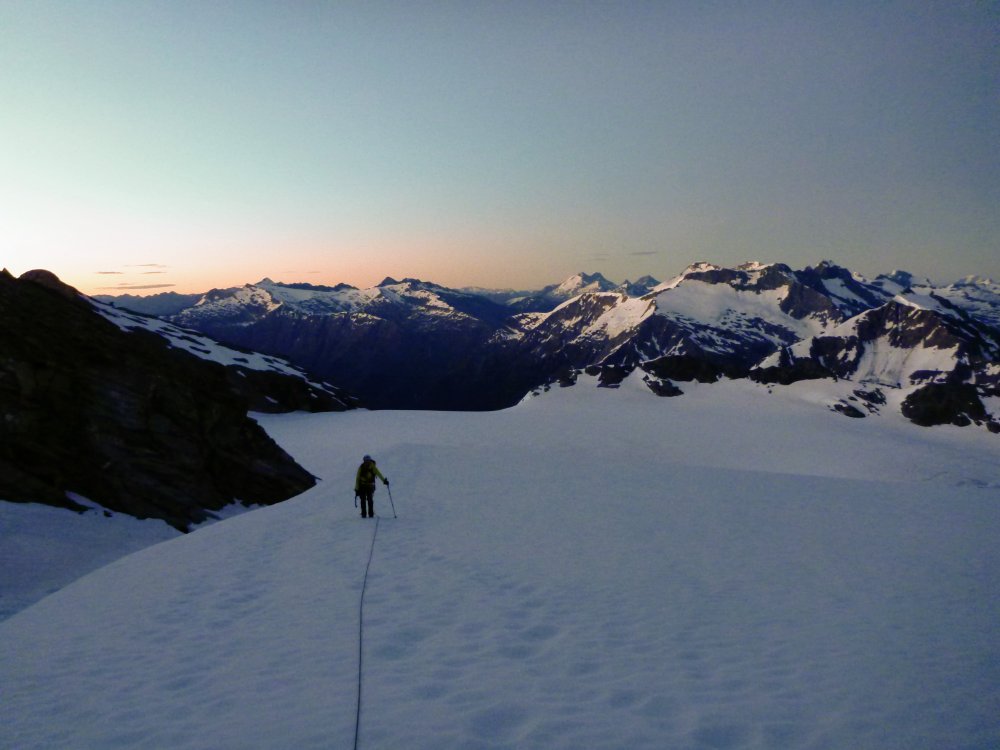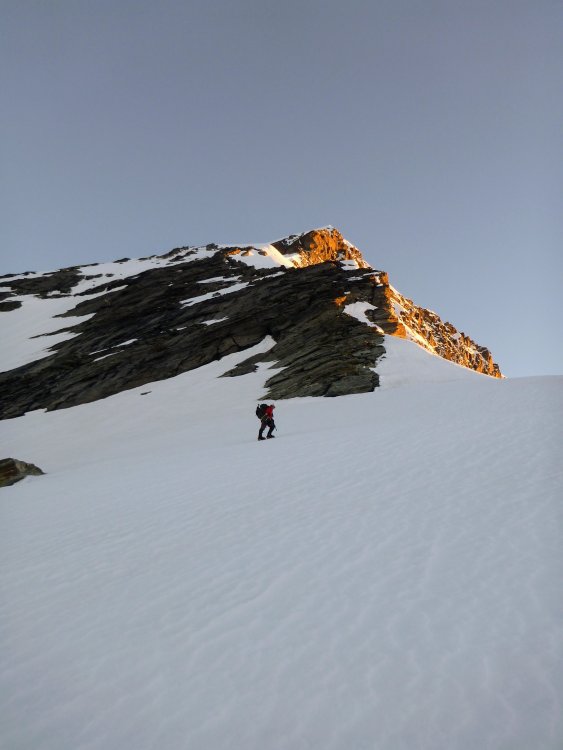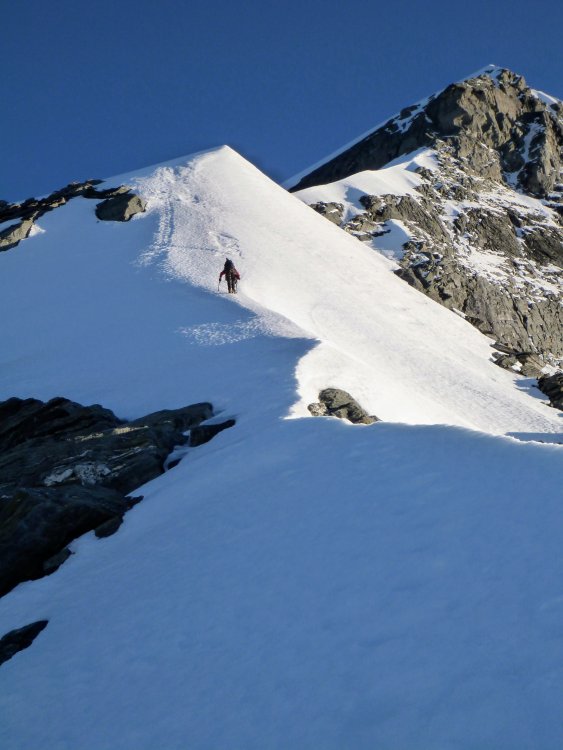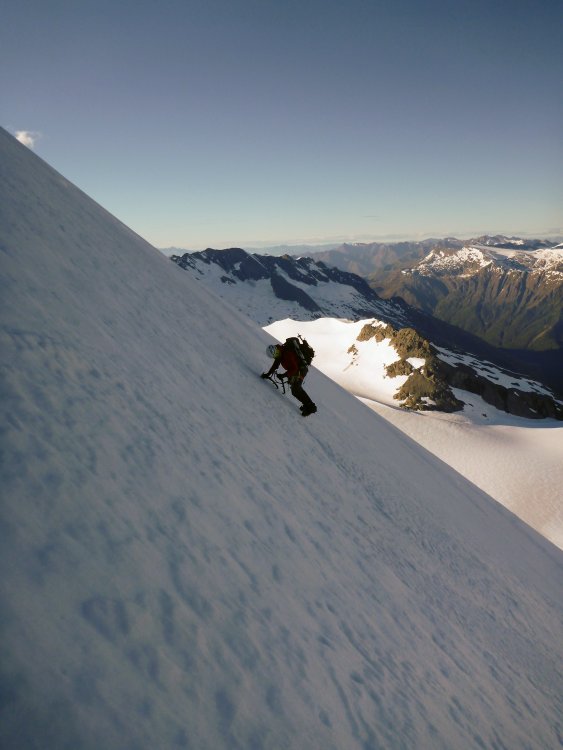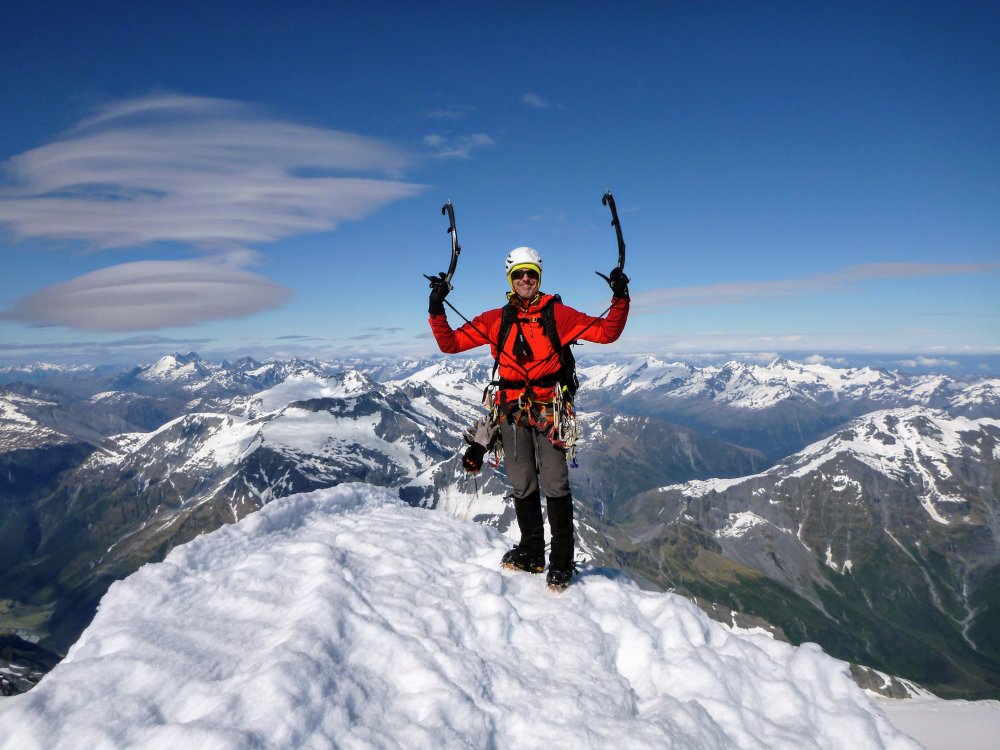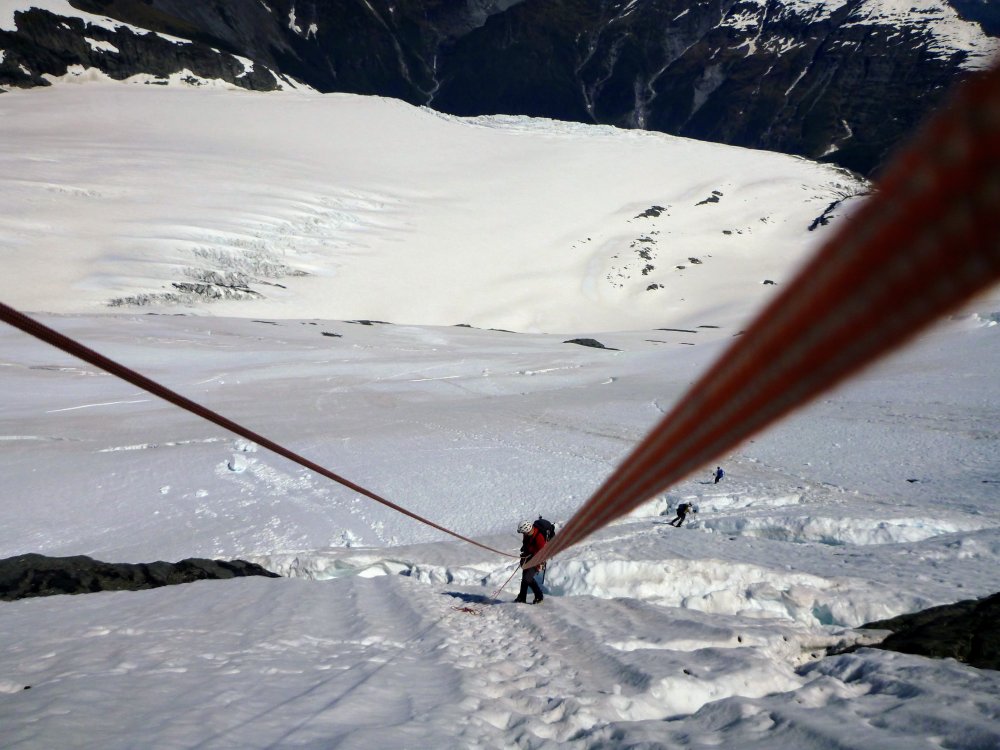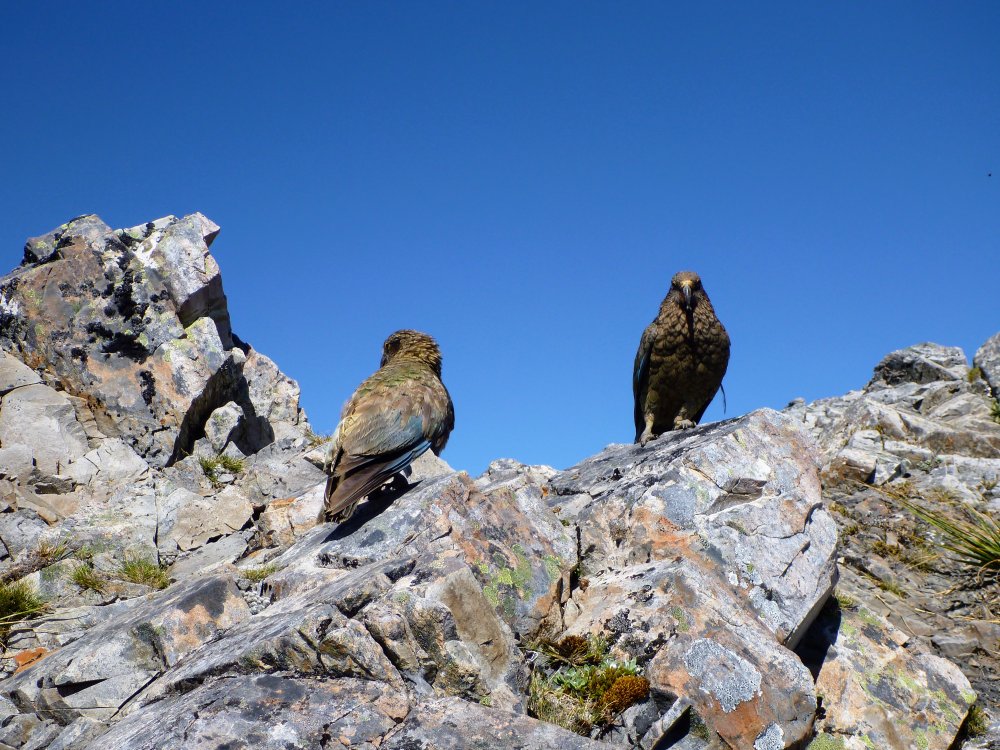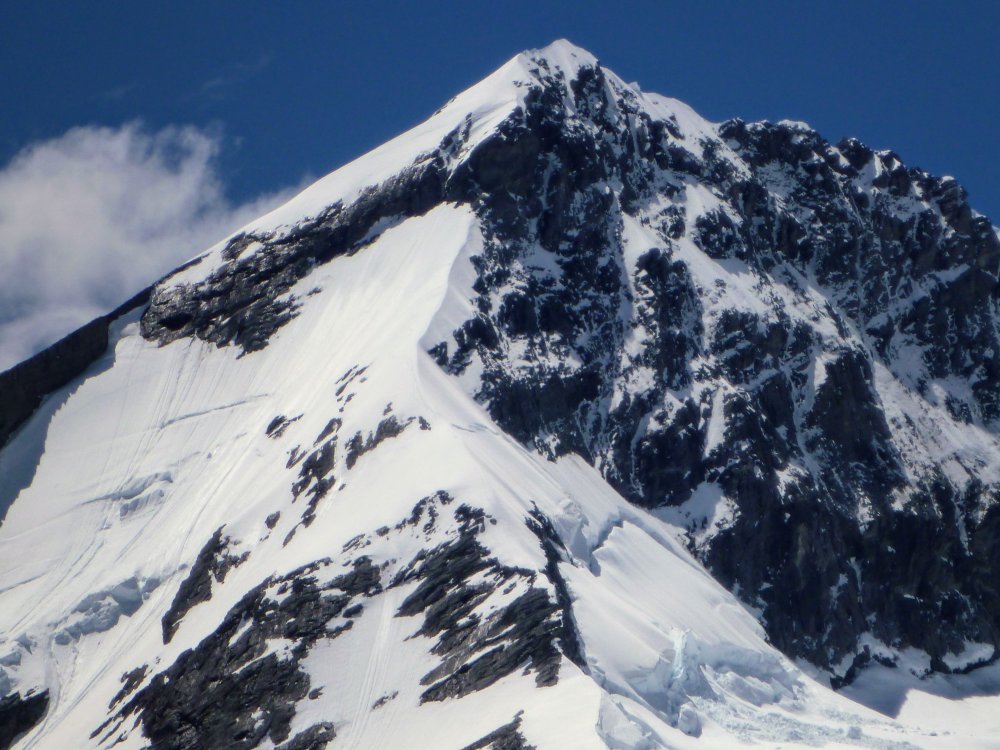Leaderboard
Popular Content
Showing content with the highest reputation on 03/07/18 in all areas
-
WDFW NEWS RELEASE Washington Department of Fish and Wildlife 600 Capitol Way North, Olympia, WA 98501-1091 http://wdfw.wa.gov/ March 6, 2018 Contact: Rich Harris, (360) 902-8134 Meetings planned on mountain goat relocation to native habitat in North Cascades OLYMPIA – Four meetings are scheduled in late March to enable northwest Washington residents to learn more about a proposal to move mountain goats from Olympic National Park to the North Cascades during the summers of 2018 and 2019. The public is invited to hear a presentation and speak with representatives of the U.S. Forest Service (USFS) and Washington Department of Fish and Wildlife (WDFW) during meetings in Sedro Woolley, Darrington, North Bend, and Sultan. The National Park Service, in collaboration with the two agencies, has prepared a draft environmental impact statement (EIS) for a mountain goat management plan to remove them from Olympic National Park to reduce damage to the park's natural resources – especially native vegetation – and to protect public safety. The preferred alternative in the draft EIS calls for relocating some of the mountain goats from the park and nearby Forest Service lands to their native habitat in the Mount Baker-Snoqualmie and Okanogan-Wenatchee National Forests. The Park Service is expected to issue a final EIS this spring. Meetings are scheduled for: Tuesday, March 20, 7 to 9 p.m. Mt. Baker Ranger District Office, Mt. Baker-Snoqualmie National Forest 810 State Route 20 Sedro Woolley Wednesday, March 21, 7:30 to 8:30 p.m. Darrington Library Meeting Room 1005 Cascade St. Darrington (Note: The presentation will be made during the last segment of the meeting of Darrington Strong) Thursday, March 22, 7 to 9 p.m. Snoqualmie Ranger District Office, Mt. Baker-Snoqualmie National Forest 902 SE North Bend Way North Bend Monday, March 26, 7 to 9 p.m. Sultan City Hall Meeting Room 319 Main St., #200 Sultan1 point
-
Trip: Aoraki Mount Cook - Linda Glacier Trip Date: 12/07/2017 Trip Report: For anyone interested, I recently traveled to New Zealand and successfully climbed Aoraki Mount Cook via the Linda Glacier, approaching from the valley floor via Ball Shelter and the Boys Glacier. Trip report and photos here: https://www.jeffreyjhebert.com/adventures/linda-glacier-on-aoraki-mount-cook Gear Notes: Pickets, screws, nuts; 2 tools; crevasse rescue gear; 70m single line Approach Notes: Just about everyone takes a helicopter to Plateau Hut these days. We hiked in. Due to to glacial recession and erosion, it's unsavory and somewhat dangerous to do so.1 point
-
Trip: New Zealand - Mt. Cook / Mt. Aspiring Trip Date: 11/24/2017 Trip Report: Sepultura and I got a chance to do some climbing in the Antipodes last year; JasonG finally shamed me into submission! (I ran out of lame excuses!) Apologies for the subpar photographic skills and belated story. Having been to New Zealand twice and not even catching sight of Mt Cook, I was ready for another try. Sepultura, having some spare time in December, expressed interest in the attempt. It was on! The prime alpine season on the South Island is December to January. Historically, the summer weather on the South Island does not have long stretches of good weather like we get in the Cascades. The usual pattern is a day or three of good weather followed by a system of low clouds and precipitation. When you get the weather window down there, time to get with it! Due to scheduling conflicts, we arrived in Christchurch on November 20th, historically a bit early for the good weather. When we checked the forecast, however, it was for a stretch of fair weather and warm temperatures. It was go time! I can see it! Not wanting to waste any time, we rented a car and drove to Mt Cook Village the same day that we arrived. We arranged for a flight into the Plateau Hut for the next day, and re-checked the weather. To our surprise, the forecast was still for good weather for the next five days! Yard sale! Our alpine chariot Linda Glacier route goes just climbers left of the dirty snow We had the hut to ourselves the first night. This is a rather rare occurrence, as it is the starting point for most of the routes on the peak. After all of the travel and time changes, we decided to take a rest day and only do a short hike to the start of our intended route, Zurbriggen’s Ridge. It did not freeze overnight, and stayed hot all day. We went and scoped the start of the ridge, but rejected the route as to risky for us. To get on the route we would need to climb a small icefall; the weather was too warm and the snow too soft. Who knew, the weather being too good in New Zealand! Hut life! Mt. Cook. Zirbruggen's is the ridge center picture right side of the peak. That night the hut filled with 25 other climbers. A team of Kiwi guides was going to attempt Tasman, and another team of two Kiwis was going to attempt the Linda Glacier with us. Leaving the hut at 0130 the next morning we were about 30 minutes behind the Kiwi team, but caught them prior to entering the Linda Glacier. The glacier was pretty broken up with a few exciting bridge crossings with the warm temps. The ridge was mostly melted out easy rock, with new rap stations bolted every 30 meters. We reached the summit around 0830, and spent about 30 minutes basking in the mild weather. Tasman Upper rIdge At belay The summit On the descent, we met the Kiwi team at the top of the ridge, which was the end of the technical rock. As the leader passed us, the discussion turned to how far they were from the summit and time to get back to the hut. His answer was, “We have bivy gear. We can stay overnight if we need to!” However, when his partner came past us, his answer was. “He can bivy if he wants to. I’m not!” It seemed that they did not have good team communications! One of the "gun barrels" which must be traversed under on the route. We made it back to the hut, RT about 15 ½ hours, which seems pretty typical for the route. Relaxing in the hut with our whiskey, we kept an eye out for the Kiwis. No sign. Just before dusk, a helo shows up and disgorges a litter, a few rescuers, and gear. Apparently, one of the Kiwi team members had fallen somehow and injured his leg. They long-lined both back to the hut, staged them and flew them both back to the village that night. According to the DOC rangers we talked to the next day, the able member of the team was so pissed at the other that he wanted to call for his own helo (he had rescue insurance), but the rescue team would hear none of it! Back to the weather. We saw exceptionally good weather our entire trip. In fact, the locals told us that this was the best summer weather that they had seen in 20 years! But we did find the routes to be boney and broken up. In fact, the Kiwi team that tried Tasman was turned around on that peak and on Mt Dixon due to soft and dry conditions. Next on the agenda was a climb of Mitre Peak in Milford Sound. On researching the climb, we thought that it would be easy to get the ½ Km ride across the water to the start of the climb from one of the local kayak companies. So we showed up, and started asking the question. To our amazement, the answer was; “Submit your climbing resume to our management online. If you are approved, we may be able to fit you into our schedule. Oh, and the cost will be $150NZ per person, one way.” Now, I realize that they probably see a lot of tourists with no climbing experience wanting to get on the peak, but this was a bit too much. I wanted to submit a resume just to see if I could get approved, but couldn't waste the time. (I would have included the NF Trango Tower solo, SANS O2!) We hung around the dock trying to hitch a ride with the local fishermen with no success. We might have gotten a ride had we stayed longer, but did not want to waste the good weather. On to Aspiring! Mitre Peak For Mt. Aspiring, we wanted to climb the SW Ridge, a classic ridge climb that ends with a WI3 pitch to the summit pyramid. We hiked in from Pearl Flats to French Ridge Hut for the night. With the weather forecast staying warm and fair, we decided to take another rest day. The hut is often visited by Kea, a species of alpine parrot that are known for being inquisitive and intelligent, as well as destructive. Later in the day, a French couple showed up and pitched their tent near the hut. The Kea ended up tearing a hole in the tent and getting inside while they made their morning coffee inside the hut. The hike in Climbing French Ridge Kea! Some Kiwi humor Getting an early start, we initially followed a Kiwi father/daughter team up the ridge. Parting ways on the Bonar Glacier at sunrise, we finally started to be able to see the route. It looked pretty boney. Getting on the ridge, we needed to belay a rock section that is usually covered. Nearing the exit chimney, we could see that it was bare. Having only four cams for rock pro, we elected to traverse the South Face and exit on to the NW Ridge to the summit. The ridge Traversing On the summit Descending. Kiwi team below us. The route We finished the trip with a ridge traverse near Arthur’s Pass. I finally got to see Mt Cook! Thanks Sepultura for a great trip! And JasonG for all the beta! Killer Kea! Gear Notes: Alpine and glacier. Used rock pro for Cook, screws for exit pitch on Aspiring. Two tools nice. Approach Notes: Air into and out of Plateau Hut for Cook. Pearl Flats to French Ridge Hut For Aspiring.1 point
-
Trip: Morocco, South Africa - multiple Trip Date: 12/30/2017 Trip Report: Africa Sampler Got a chance to do two Africa climbing trips this past year: two weeks in Morocco in May and two weeks in South Africa over Christmas. Polar opposites and not just in their location on the continent; the climbing in the two places could not have been any more different: bolted cracks vs. trad protected faces; well-traveled limestone vs. overgrown sandstone; easy approaches vs. steep bushwhacks; lots of climbers vs. none; sweet tea vs. booze. In Morocco, we checked out Taghia (pretty place but the really stunning lines were too hard for us) and Todra (less dramatic but with more moderates); in South Africa, we stuck to the Western Cape Province. We knew that Morocco had big walls with long climbs but were surprised to find 500 meter tall faces in the Western Cape. Morocco was easily self-organized. South Africa would’ve been as well until I stumbled onto a website describing some long traditional climbs in places I’ve never heard of. Ended up hiring the admin of that site and longtime local climber, Ross, to be our “fixer” – take us to those obscure gems but let us climb them on our own. Both places represent the easier shade of Africa travel – no coup d'etats, no jihadists. Though a community Facebook page called “Snakes Of South Africa” – where the good folks share their serpent run-ins – had us paranoid to the point of buying “snake gaiters”. People do get bitten and some die every summer in SA, particularly in rural areas. No mambas in Western Cape but almost everything else on the list. More spray and more photos on our site. Morocco South Africa Some Pics: Arriving in Marrakesh: Roadside eatery. Key beta: bring Tabasco sauce (family sized bottle is best). From Marrakesh, you drive 3ish hours into the Atlas Mountains where the road ends in the village of Zaouia Ahansal. From here, you hike 2 hours into the village of Taghia while a donkey carries your gear. First views of the climbing. Hiking through Taghia village to the climbing. Next day we climbed what is probably the easiest route there (6 pitch, 6a+) called La Reve d’Aicha. Looking up at Paroi des Sources (left) and Taoujdad. Did the first 4 (of 8) pitches of this l’Allumeur Du Reve Berbere route. Bailed off as it was baking in the sun and already plenty hard for us. Berber bridges. Some light canyoneering on a rest day. Views of Taoujdad. An 8 pitch line called El Geonauta on Taoujdad. Which features some spelunking. Arriving on the summit of Taoujdad Weren’t super thrilled with climbing in Taghia (hard) and so we decided to relocate to Todra Gorge. Apparently the scenic way to do this is to hike across the Atlas Mountains (35+km or about 12ish hours) which then puts you within a 2hr taxi ride of Todra. This unlucky donkey got to carry our junk on this little hike. A Berber family doing their own high mountain crossing. I woke up feeling sick the morning of the hike and so was dragging ass behind the donkey, his owner, and Shirley…have not suffered like that in a while. Village of Oussikis on the far side of the hike…Alhamdulillah!! Storks nesting atop a minaret of a mosque was a common sight. Town of Boumalne on the drive to Todra. We stayed in a guest house outside the gorge in Todra. The owner’s son is a climber and actively putting up new routes. But we were the only guests. An aqueduct at the mouth of Todra Gorge. Starting up a route called Tiwira, 6 pitch 6a+. Some views. Hiking off. Checking out the local Kasbah. Voie Abert climbs this pillar inside the gorge in about 8 or 10 pitches (6a+). High on the route. A large and old Kasbah Ait Benhaddou near the city of Ouarzazate. More Kasbah sights. At a roadside café. Maybe I cannot onsight Taghia’s 6b+, but I can sure put away watermelon like a mother… Souk in Marrakesh. Cat selling gold in the souk. Animal abuse at the Jamaa el Fna square in Marrakesh. Welcoming alcohol back in our lives during an overnight layover in Amsterdam. Amsterdam. And Amsterdam (man, those black shoes totally clash with the outfit). Shirley looking for a toilet during a long layover in London on the way to Cape Town. Arriving in Cape Town with Table Mountain in background: Final portion of a 3h approach to a route called Mooloo Face the following day – prow of the buttress visible at the head of the gully. 20+ pitches per description but easily linked into <10. Stretching our 70 meter cords and linking the first handful of pitches. I’m near the top & Shirley is belaying below. Photo by our “fixer” Ross. Arriving on top. Jonkershoek Twins (home of Mooloo Face). Freshly shed Cape cobra skin seen on approach. Hiking into Duiwelskloof with 500 meter walls towering above. We’d spend two nights there and climb a long (18 pitch) route called Lucifer the following day. Low on Lucifer the following morning. Shirley on Lucifer with Devil’s Tooth in the background. Crux of Lucifer. Note the 2 micro cam belay anchor. Very trad: ~500 meters of climbing and only fixed shit we saw were 2 ancient pins (2 more than on Mooloo). Money traverse pitch high on Lucifer. Shirley on the upper third. Hike off from the top was loooong but scenic. Kind of like Resolution Arete but with more time spent on top of the wall traversing rolling summits to access the descent gully. Ready for a beer. Snakes were never far from our minds. Did a bit of sightseeing during a 2 day break over Christmas. African penguin at Boulders Beach. Table Mountain from Cape Town. Some cragging at a place called Paarl Rocks – a collection of large granite domes sitting on top of a large hill. This is an area classic called Sands Of Time (4 pitches and about 5.9). Shirley and I on pitch 3. Photo by Ross. Did 2 routes in this here Yellowwood Amphitheater of Du Toits Kloof Mountains. Crux of a route called Lekker Time. Photo from the base by Ross. One more from Lekker Time (Afrikaans for Good Time). Four evening’s worth of sending. For the final climb, we hiked up to one of the Apostles (buttresses) of Table Mountain to climb Slangooli Frontal route. Morning approach. Ho-hum climbing mostly but with great views. A bit of vertical bushwhacking. The scenic hike down. Cape Town sights. Gear Notes: Bring Tabasco esp. for Morocco. No trad in Morocco (where we went); Mostly trad in Western Cape. Approach Notes: A mixed bag.1 point



